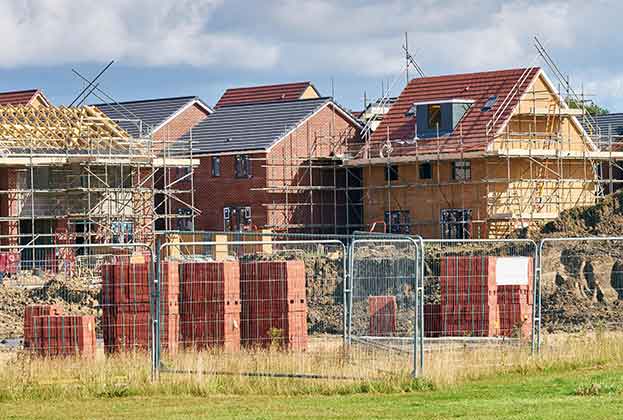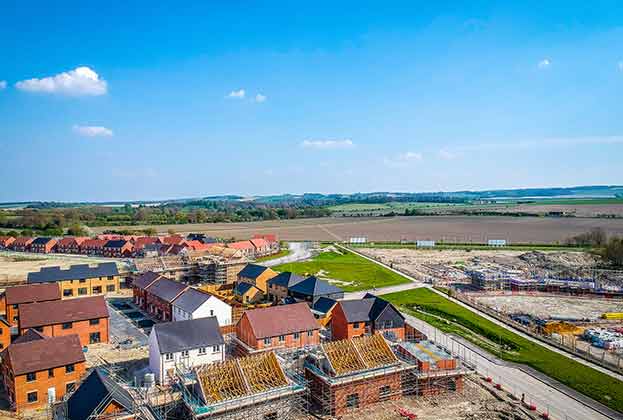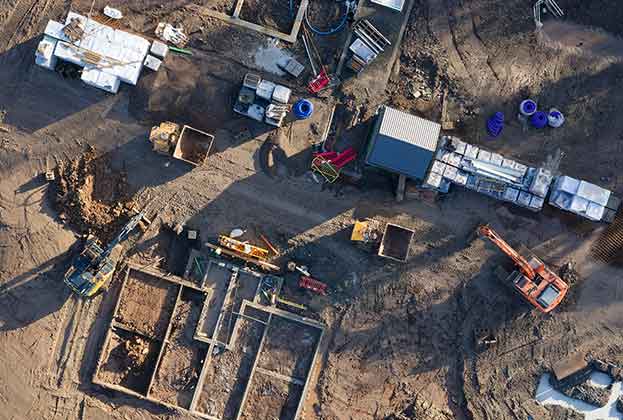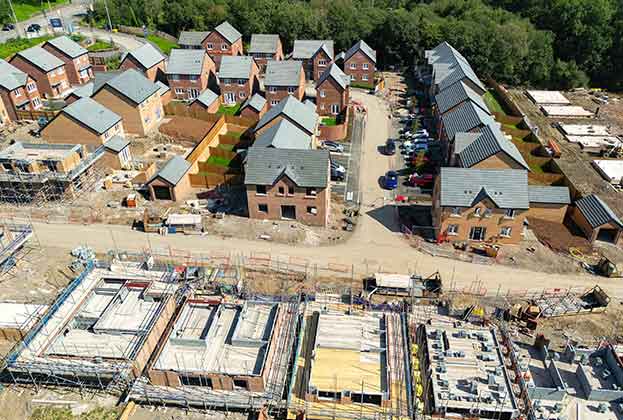A strong foundation
England’s planning system showed its resilience in the face of pandemic disruption last year. It granted consent for 270,000 homes on sites with over 20 dwellings in 2020, helping to maintain a strong pipeline of deliverable sites. Housing delivery across all sites fell to 215,000 in 2020 – 16 per cent less than the year before. This followed temporary disruption to planning services and the construction sector as a result of lockdown measures introduced in March.
The flexibility of local authority planning is not the only factor supporting future growth. Proposed structural changes to the planning system will help create an environment where a strong pipeline of consents helps ensure a free flow of homes coming to the market. Proposals to simplify land use, digitise decisions and a new testing approach for Local Plans could all help streamline the current system.
At present, there is no definitive timeline for when changes will come into effect, however proposals for Local Plan reform will allow 30 months for new plans to be in place. The changes could also help locations adapt to fit the changing demands for commercial assets in urban areas through allowing the pre-approval of popular and replicable designs through permitted development.
We are still some way off reaching full potential for housing delivery. As in previous years, 2020 saw national political agendas stand in the way of a truly objective approach to calculating housing need.
Despite otherwise positive changes to the planning system, the Government scrapped a well-formulated housing need calculation that responded to market signals, instead concentrating additional housing delivery on urban centres and their neighbours.
Brownfield land availability will be crucial in delivering across towns and cities, particularly in the least affordable markets, but there are already questions regarding how reliable brownfield land registers are and how viable it is to deliver these sites.
Maintaining support
These are not the only viability issues that housebuilders will contend with in 2021. Many are now operating on plans adjusted to accommodate the restrictions to Help to Buy coming in April this year and the end of the scheme in 2023. The scheme’s popularity is evident in the strength of the new build market. New build properties accounted for 15 per cent of all sales in 2019, up from just 10 per cent a decade before.
The residential development space has capacity to build and room to grow. However, given the level of economic uncertainty, reduced buyer demand could become a constraining factor. Recognising this, the Government continues to support the housebuilding agenda through consumer-focused policies. It continues to encourage home ownership through schemes such as shared ownership, which helps create a greater pool of demand in the housing market while providing ESG-friendly investment opportunities.
Another positive step is the Government’s aspiration to introduce First Homes, allowing first time buyers to purchase homes at discounts between 30 per cent and 50 per cent of market value. However, selling homes at steep discounts, rather than with government loan support, makes them less economical for housebuilders to deliver.
In an environment where more heavily discounted affordable housing is available, First Homes begin to look unattractive and even unviable to housebuilders. So, while the scheme may continue to drive demand for affordable new build homes, delivery will be a limitation, with housebuilders unable to shoulder costs previously held by government.
(2).jpg)



.jpg)


.jpg)
.jpg)

.jpg)